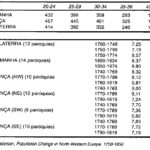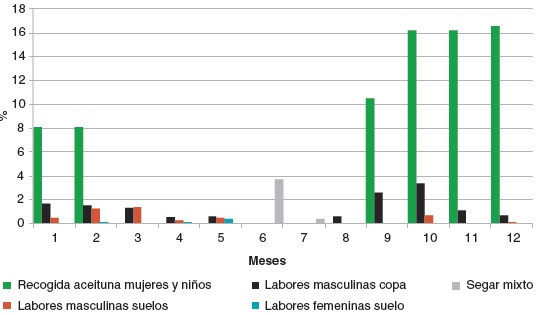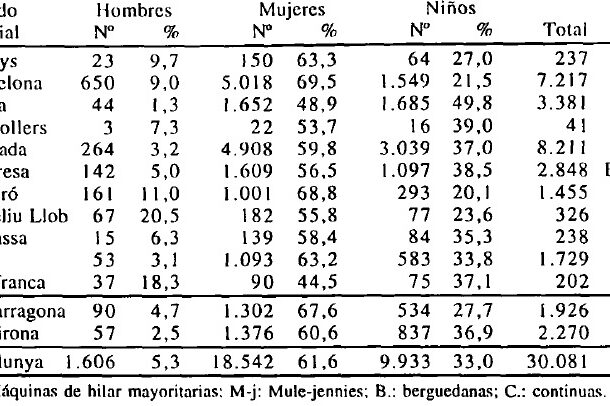
The pace of life of European populations seems to require more and more than a demographic micro-analysis, a new approach to traditional space, more prolonged towards the contemporary age. The lower Minho (Pontevedra) is one of the most industrialised areas of the country, where, in addition, the control of late births is presented as a privileged laboratory for the study of a complex problem of human reproduction. Michael W. Flinn, in a synthesis work of 1981, did not respect legitimate fertility as a privileged indicator of legitimate fertility rates by age groups of women. He distinguishes three periods: one before 1750, one from 1740 to 1790 and one from 1780 to 1820. The table shows that the pressure on fertility before 1750 is greater in France than in the other two countries, particularly in relation to England. However, Michael Anderson, in a paper published in 1988, presents research on the timing of marital fertility for the selected regions. Germany, England and France, which are divided in the table into four zones: north-west, north-east, south-west and south-east. As can be seen, in the three cases considered, before the middle of the 19th century, a decrease in the birth rate can be observed in France.
Collection: Statistics
Project: 3. Rural world and urban world in the formation of the European identity., 4. Family, daily life and social inequality in Europe.
Chronology: XVIII, XIX
Scope: Secondary Education, Baccalaureate, University
Link: https://www.adeh.org/revista/1998,%201/MN%20Amorim,%20XVI,%20I,%201998,%20pp%2055-77.pdf
Resource type: Statistics
Format: Table
Source: Amorin, María Norberta, «Fecundidade legítima em longa duração. A especifidade de comportamentos no baixo Minho (1680–1980)», Revista de Demografía Histórica, vol. 16, nº1, 1998, pp. 55–77.
Language: Portuguese
Date: 1998
Owner: Álvaro Romero González (Modernalia)
Copyright: © María Norberta Amorim © Revista de Demografía Histórica
Abstract: Legitimate fertility rates from 1700 to 1979 by women's ages
Image
Tags








